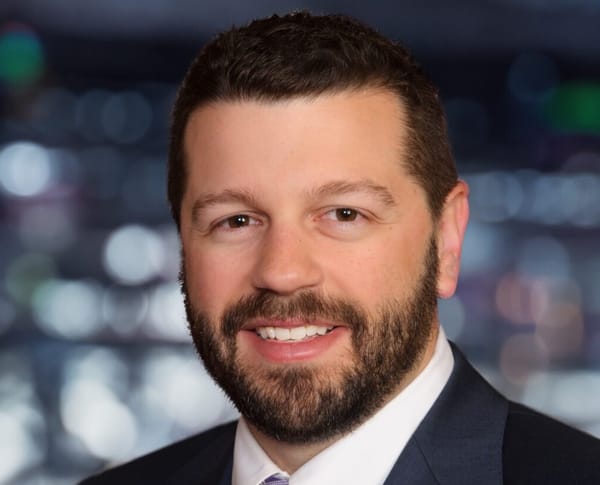A History of Network Neutrality
WASHINGTON, October 11, 2010 – The issue of network neutrality is one that has become an increasing problem around the globe. In the United States, the problem became more of an issue with the rise of cable and DSL service.
WASHINGTON, October 11, 2010 – The issue of network neutrality is one that has become an increasing problem around the globe. In the United States, the problem became more of an issue with the rise of cable and DSL service.
With the decreasing level of competition among internet service providers and the increasing number of violations of network neutrality, the issue has garnered increasing importance. While Congress has attempted to protect consumers, it has failed. Private industry firms has already begun to adopt rules that they claim will protect consumers but avoid critical issues. The Federal Communications Commission has supported the issue but has yet to formally codify any protections.
In order to understand the importance of network neutrality one must first understand its principles. While there are many variants of the definition, they all agree on some basic points: users should be able to connect to any device they wish. They should be able to run any legal application they want to. They should not have their service degraded based upon usage.
Columbia University Professor Tim Wu, who wrote about the subject in 2003, has said, “Network neutrality is best defined as a network design principle. The idea is that a maximally useful public information network aspires to treat all content, sites, and platforms equally.” For consumers, this means that they are able to use their internet connection for any purpose they see fit.
There have been two major violations of these principles. In 2004, Madison River Communications blocked the voice-over-IP (voice over internet protocol, or VoIP) service Vonage over its DSL connections. In 2007, Comcast was accused of slowing down the cable connections of customers who used BitTorrent, a file-sharing application.
The Madison River violation was resolved when the FCC intervened, and Madison River agreed to pay a fine and stop blocking access. The FCC consent decree states :“On February 11, 2005, the bureau issued a Letter of Inquiry (LOI) to Madison River, initiating an investigation. Specifically, the bureau inquired about allegations that Madison River was blocking ports used for VoIP applications, thereby affecting customers’ ability to use VoIP through one or more VoIP service providers.” In order to avoid future costs associated with litigation Madison River settled and paid the fine.
The Comcast case went to the courts when the ISP claimed that the FCC did not have the authority to stop them from blocking BitTorrent. In April 2010, the Comcast case went before the D.C. Circuit Court which held that the FCC exceeded its authority in pursuing Comcast.
Shortly after this ruling, the FCC issued a notice of inquiry in May that proposed changing the classification of broadband from a Title I service to a more heavily-regulated Title II service, but it also included a new proposal which the FCC chairman called the Third Way. This Third Way was a hybrid of Title I and Title II regulations. The Third Way gained a support from a wide range of stakeholders including some ISPs and consumer protection advocates. Democratic Sens. John Kerry of Massachusetts, Maria Cantwell of Washington, Ron Wyden of Oregon and Tom Udall of New Mexico all sent letters in support.
In June, a group of ISPs and technology companies announced the creation of the Broadband Internet Technical Advisory Group (BITAG or TAG) which would help advise and mitigate the problems of network neutrality. The organization had a wide membership including AT&T, Cisco Systems, Comcast, DISH Network, EchoStar, Google, Intel, Level 3 Communications, Microsoft, Time Warner Cable and Verizon. While many saw this as a positive step, the organization has yet to propose any solutions.
While the notice of inquiry was receiving responses, news that the FCC began to hold closed-door meetings with major stakeholders on the issue of network neutrality created an uproar. Many consumer protection advocates opposed these secret meetings, and they were stopped.
In August, Google and Verizon announced a joint policy statement in which they outlined their own network neutrality principles. Their statement said in part: “Users should choose what content, applications, or devices they use, since openness has been central to the explosive innovation that has made the internet a transformative medium.” They however specifically left out wireless since they said it was too new of a market to require consumer protection. Their omission sparked an outcry from consumers groups and others who said consumers’ increasing use of wireless devices showed that wireless is the wave of the future and should be watched closely to better benefit consumers.
During this period, many called upon Congress to act, claiming that the FCC did not have the necessary authority to reclassify broadband even if it wanted to. The commissioner supported this and stated numerous times that he was willing to work with Congress to find a suitable solution. Rep. Henry Waxman, the chair of the House Energy and Commerce Committee, proposed legislation that would codify many of the FCC’s principles and also included language which would require ISPs to disclose accurate speed and pricing information. The Waxman bill also included wireless along with wireline which was further than the FCC’s original plans. Waxman was unable to get the bill passed through his committee due to Republican opposition.
The future of network neutrality remains unclear. However, whatever direction it takes in the policy, business or consumer arenas will affect the growth of the internet for years to come.







